14. Ichi the Killer (Takashi Miike, 2001, Japan)
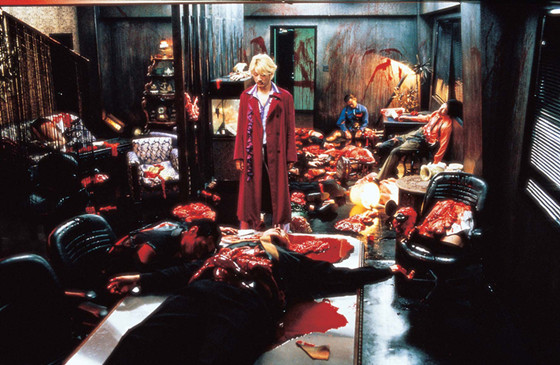
It would not be a complete list without titles from one of the masters of the extreme. Furthermore, Takashi Miike has largely based his filmography on the exploration of humans’ darkest instincts and the graphic depiction of violence resulting from them. “Ichi the Killer” is a characteristic sample.
Revolving around a psychotic, extremely brutal killer and a sadomasochistic Yakuza underboss, “Ichi the Killer” is one of the foremost violent films ever shot. Miike presents a movie where good, as a concept, is absent and every character seems to be paranoid. His aim is evident from the beginning of the movie; violence is not simply a factor, it is the sole and ultimate goal.
Additionally, a plethora of scenes that other filmmakers would not even dream of depicting are present here, including mutilations, raping women to death, and even murdered children. Miike accomplished these to create a true ode to violence.
A number of censorship committees either heavily expurgated the movie or banned it completely, namely Norway, which forbids showing, distributing and even owning it.
13. Moebius (Kim Ki-duk, 2013, South Korea)
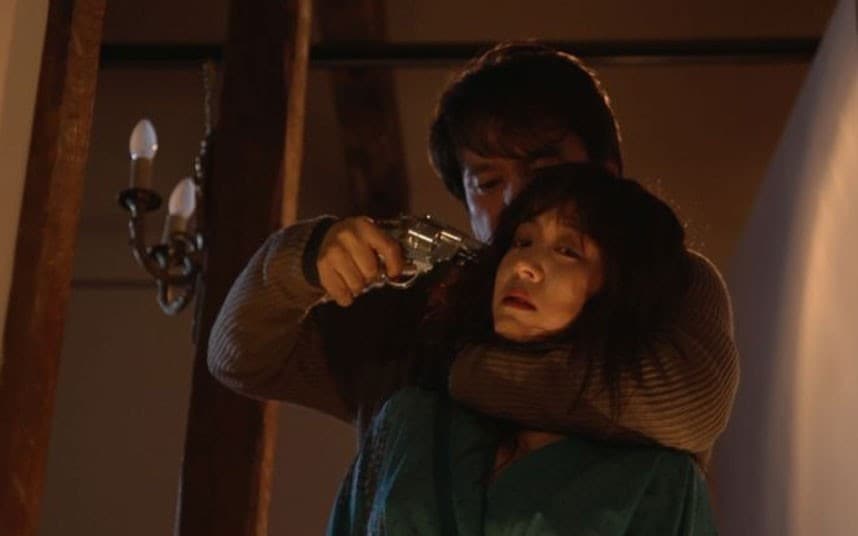
Kim Ki-duk’s foremost hideous production was so grotesque that the Korean Media Rating Board initially banned it completely, before the director cut a number of scenes.
A spouse discovers that her husband is having an affair and in order to reciprocate, she decides to castrate their only son and even eats the severed member before she runs away. The shamefaced father thus starts spending his time inquiring about penis transplants on the internet, while the son, who is being bullied for his situation, ends up participating in a gangbang rape of his father’s former mistress.
Kim’s obvious purpose was to shock his audience and he definitely succeeded in doing so. Almost every onerous notion is present in
“Moebius,” including self-torture, misogyny and Oedipal inclinations. Adding to the sense of perversion erupting from the movie is the almost complete absence of dialogue, a tactic meant to force the spectator to focus on the images.
12. Grotesque (Koji Shiraishi, 2009, Japan)
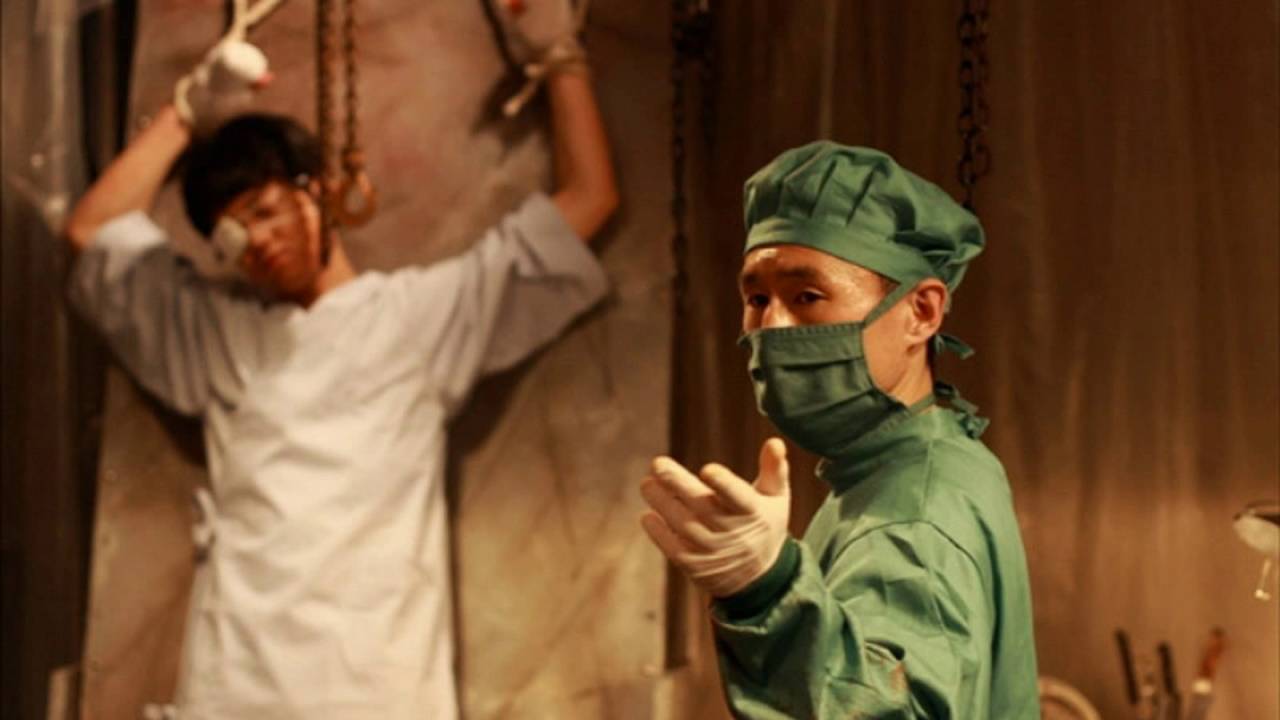
A paranoid sadistic doctor drugs and kidnaps a couple during their first date. When they wake up, he begins torturing them for several days and that is actually the gist of the script of “Grotesque,” which Koji Shiraishi also pens.
His sole and obvious purpose here is to depict violence through torture as graphically as possible, thus creating a movie extremely onerous to watch, even by hardcore fans of the splatter genre. Evidently, he succeeded.
The British Board of Film Classification refused to release it in the UK, a decision that subsequently drove Amazon to remove the DVD from its website. Shiraishi responded that he was delighted, since his purpose was to upset the so-called moralists.
“Grotesque” is the utmost torture movie and a true ode to violence.
11. Imprint (Takashi Miike, 2006, Japan)
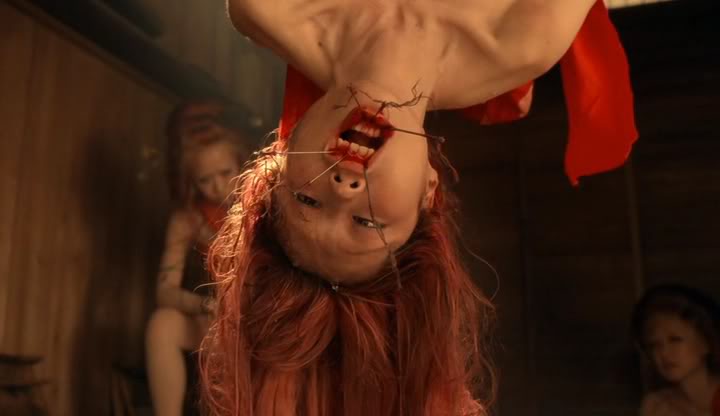
The producers of the TV series “Masters of Horror,” an anthology shot by various directors, chose Miike to direct an episode. However, given the artistic freedom they allowed him, the result was literally a given. “Imprint” was violent enough for the people at Showtime to refuse to broadcast it.
In 19th century Japan, an American journalist searches for his lost love, a woman he abandoned despite his promises. His investigation leads him to a secluded island, where a prostitute informs him that his loved one is deceased. Subsequently, she begins describing the life of the girl, a dramatic story of torture and hidden secrets.
Miike presents a grotesque edition of Japanese folklore and a love story that transforms into something irrational and evil. Moreover, what make “Imprint” so difficult to watch are the exceedingly graphic torture scenes that leave nothing to the imagination. Nevertheless, beyond the violence lies a technically accomplished film, whose visuals excel chiefly due to the phantasmagoric costumes and the cinematography, which create a genuinely horrific atmosphere.
10. Lust, Caution (Ang Lee, 2007, Taiwan)
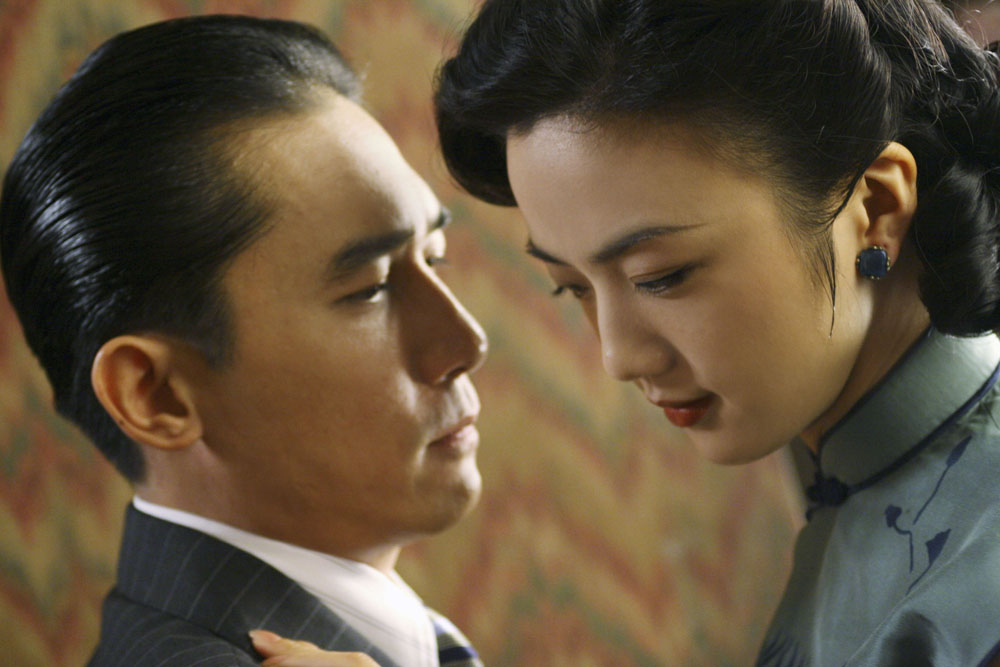
During the Japanese occupation in China, young Wong Chia Chi joins a theatrical troupe whose members are all nationalists. Eventually, their members decide to join the Resistance and set their eyes on a pro-Japanese Mr. Yee, who recently became the head of the secret police. Chia Chi’s mission is to seduce him and lure him into a trap so the rest of the team can assassinate him.
However, her mission gets jeopardized due to his insatiable sex drive that results in a highly sexual relationship between the two, and the constant struggles and disagreements among the members of the Resistance.
Ang Lee directs a movie regarding the thin balance between lust and caution; however, lust shutters this balance by obliterating caution. The path that leads to this fact is shot in great finesse and intelligence, which keeps the audience in overwhelming doubt without even having to emphasize the agony. This sentiment is chiefly represented by the sublime performance of Wei Tang as Chia Chi, whose enigmatic facade gives no notion of her actual choice, up until the conclusion of the film.
Tony Leung is excellent in the role of the smooth, attractive and cruel Mr. Yee, in a film that also excels due to its exquisite and lengthy erotic scenes.
The film spawned much controversy in mainland China due to the extensive sex scenes, and Tang was banned from all media in the country for a time.
9. Farewell My Concubine (Chen Kaige, 1993, China)
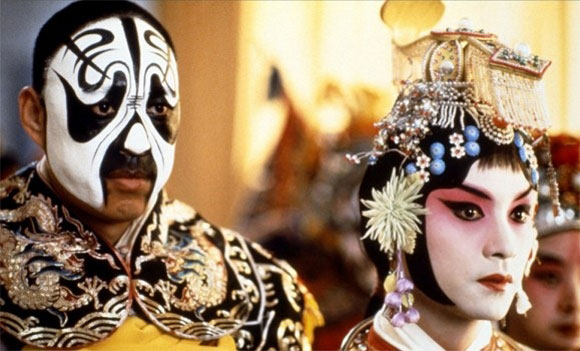
Based on the homonymous novel by Lillian Lee, the film tells the story of two friends, Douzi and Shitou, through the story of the Chinese opera from 1924 to 1977 and the end of the Cultural Revolution.
Douzi’s mother is a prostitute raising him in the brothel where she works. However, when he is too old to continue staying there, she gives him over to an opera school in Beijing. Master Guan, the head of the school, is a harsh teacher and the training is very hard on the delicate Douzi. Nevertheless, another boy named Shitou befriends him and acts as his protector. The two of them become best friends.
Through the years, this friendship transforms into love from Douzi’s side, a feeling that is unrequited. Furthermore, their relationship is put on the test when Shitou marries a prostitute named Juxian.
Leslie Cheung plays Douzi, an effeminate character who was actually raised as a homosexual, since only men acted in Chinese operas, and Douzi was assigned female roles from the beginning, regardless of whether he consented. This tactic eventually shapes his character, since the public loves his portrayal of female characters, thus making him a star.
His tragic depiction of a transvestite, who essentially becomes a woman in order to satisfy public demand and then faces contempt when he succeeds, is sublime, with Leung even adopting the characteristics of the femme fatale archetype, being vain, vulnerable and bitchy.
8. Guinea Pig: Flower of Flesh and Blood (Hideshi Hino, 1985, Japan)
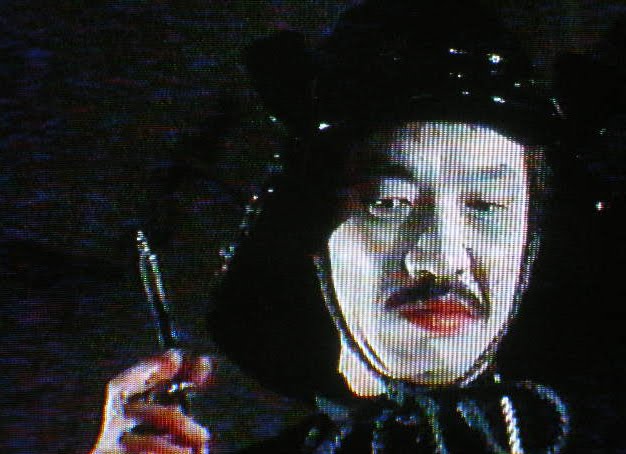
This is the second and most vicious part of a series of seven splatter video movies, whose violent scenes were realistic to the point that the producers were forced to prove to the authorities that none of the actors were literally traumatized or murdered.
A murderer dressed as a samurai kidnaps a girl and subsequently proceeds to torture and mutilate her, in order to create a flower of flesh and blood.
Hideshi Hino directs a collage of beating, torture and other sadistic exercises, instead of an actual movie.
The particular segment gained notoriety for two reasons. First, Charlie Sheen, after watching the film, believed it was a snuff film and delivered it to the FBI to investigate it. Second, upon the research in serial killer Tsutomu Miyazaki’s house, the police discovered a videotape of the movie that resulted in the public’s belief that he was inspired by it. However, it was later disclosed that it was, in fact, the sixth segment of the series.
Unavoidably, the Japanese authorities banned “Flower of Flesh and Blood” and no one could find a copy until its re-release by a German company in 2002, while a full edition was released in the US in 2005.